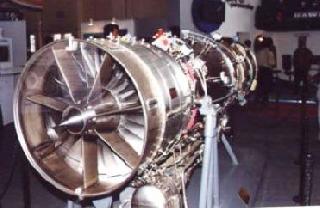
NASA and ESA are jointly developing the ExoMars Trace Gas Orbiter mission for launch in 2016. This is an artist's concept of the planned spacecraft, which will carry five science instruments plus a European entry, descent and landing demonstrator vehicle. Photo by ESA
PASADENA, CALIFORNIA (BNS): NASA and the European Space Agency (ESA) have embarked on a joint program to explore Mars in the coming decades and selected the five science instruments for the first mission.
The ExoMars Trace Gas Orbiter, scheduled to launch in 2016, is the first of three joint robotic missions to the Red Planet. It will study the chemical makeup of the Martian atmosphere with a 1000-fold increase in sensitivity over previous Mars orbiters, NASA said.
The mission will focus on trace gases, including methane, which could be potentially geochemical or biological in origin and be indicators for the existence of life on Mars. The mission also will serve as an additional communications relay for Mars surface missions beginning in 2018.
NASA and ESA have selected five instruments from 19 proposals submitted in January. Both agencies evaluated the submissions and chose those with the best science value and lowest risk.
The selected science instruments are - Mars Atmosphere Trace Molecule Occultation Spectrometer, High Resolution Solar Occultation and Nadir Spectrometer, ExoMars Climate Sounder, High Resolution Color Stereo Imager, Mars Atmospheric Global Imaging Experiment, a wide-angle, multi-spectral camera.
"To fully explore Mars, we want to marshal all the talents we can on Earth," said David Southwood, ESA director for Science and Robotic Exploration.
"Now NASA and ESA are combining forces for the joint ExoMars Trace Gas Orbiter mission. Mapping methane allows us to investigate further that most important of questions: Is Mars a living planet and if not, can or will it become so in the future?"
NASA and ESA share a common interest in conducting robotic missions to the Red Planet for scientific purposes and to prepare for possible human visits. The heads of both agencies agreed on a plan of cooperation during a July 2009 meeting in Plymouth, England.
The plan consists of two Mars cooperative missions in 2016 and 2018, and a later joint sample return mission. The 2016 mission features the European-built ExoMars Trace Gas Orbiter, a European-built small lander demonstrator, a primarily-US international science payload, and NASA-provided launch vehicle and communications components. ESA member states will provide additional instrument support.
The 2018 mission consists of a European rover with a drilling capability, a NASA rover capable of caching selected samples for potential future return to Earth, a NASA landing system, and a NASA launch vehicle. These activities are designed to serve as the foundation of a cooperative program to increase science returns and move the agencies toward a joint Mars sample return mission in the 2020s.
 Previous Article
Previous Article Next Article
Next Article












The Indian Air Force, in its flight trials evaluation report submitted before the Defence Ministry l..
view articleAn insight into the Medium Multi-Role Combat Aircraft competition...
view articleSky enthusiasts can now spot the International Space Station (ISS) commanded by Indian-American astr..
view article